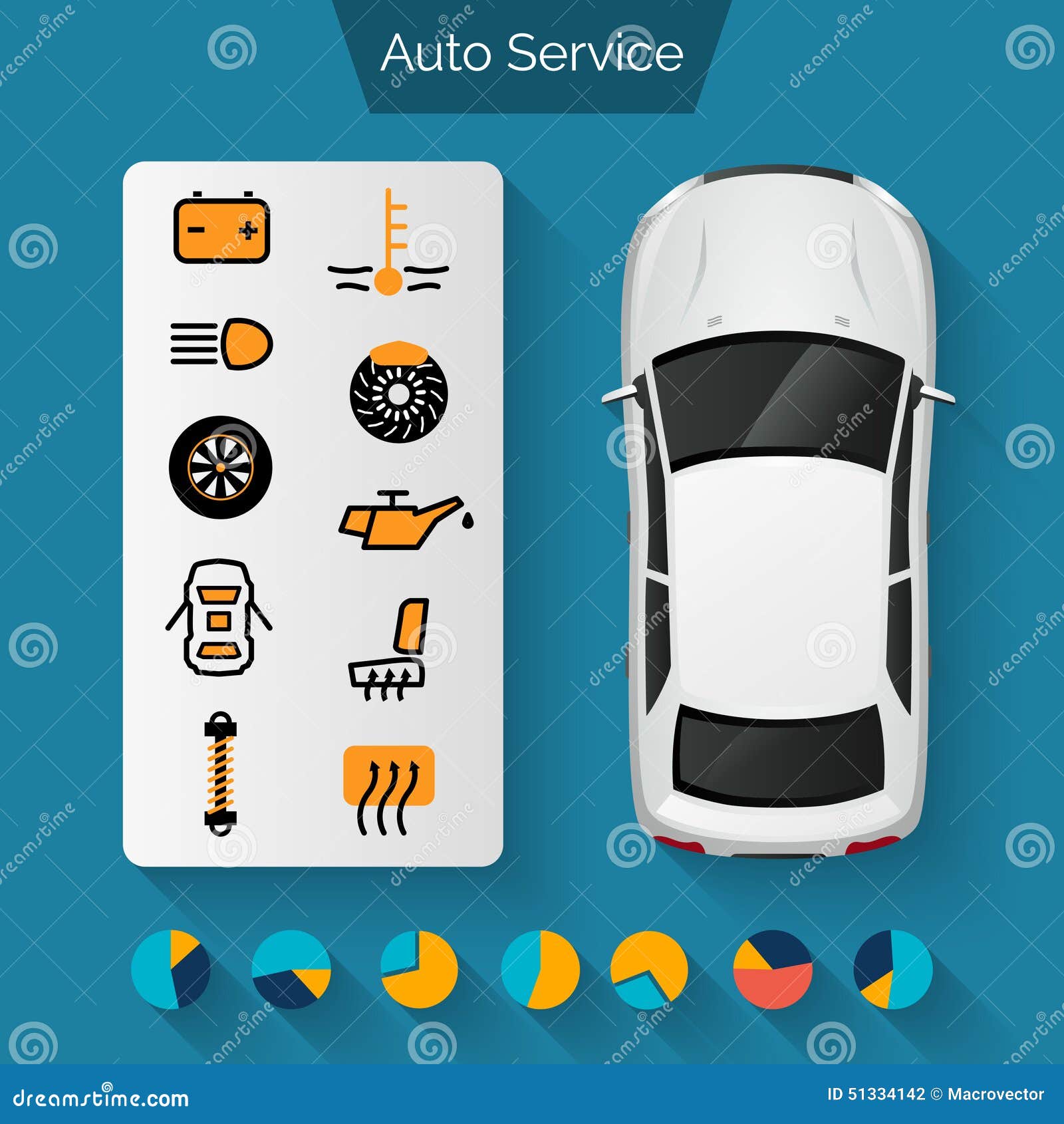Understanding The Value Of Your Auto'S Warning Signals: What They Actually Stand For
Understanding The Value Of Your Auto'S Warning Signals: What They Actually Stand For
Blog Article
Web Content Author-Faulkner Kejser
When you're behind the wheel, those radiant caution lights on your control panel can be a bit bewildering. Do you understand what they're trying to tell you regarding your vehicle's health and wellness? Recognizing the relevance of these lights is essential for your safety and the longevity of your car. So, the following time among those lights pops up, would not you want to understand its message precisely and take the needed actions to address it?
Common Caution Lights and Interpretations
Recognize usual caution lights in your vehicle and comprehend their definitions to ensure risk-free driving.
The most normal caution lights include the check engine light, which signifies concerns with the engine or discharges system. If this light begins, it's crucial to have your car examined quickly.
The oil pressure advising light shows low oil stress, requiring prompt interest to avoid engine damage.
A flashing battery light could recommend a defective billing system, potentially leaving you stranded if not attended to.
The tire stress monitoring system (TPMS) light informs you to reduced tire pressure, impacting automobile security and fuel effectiveness. Ignoring this could result in risky driving problems.
The abdominal muscle light shows a trouble with the anti-lock stopping system, compromising your ability to quit rapidly in emergencies.
Last but not least, the coolant temperature level warning light warns of engine getting too hot, which can cause serious damages if not resolved swiftly.
Recognizing these common warning lights will certainly assist you attend to issues immediately and keep secure driving conditions.
Significance of Prompt Focus
Recognizing the common warning lights in your automobile is only the very first step; the value of promptly resolving these cautions can't be stressed sufficient to ensure your security when driving.
When a warning light brightens on your control panel, it's your automobile's way of communicating a potential problem that needs interest. Disregarding visit my home page can bring about extra extreme problems in the future, compromising your security and possibly costing you much more in repairs.
https://edwinmhcvq.blogginaway.com/30517478/the-development-of-automobile-describing-insights-right-into-the-following-five-years to advising lights can stop break downs and accidents. For instance, a blinking check engine light could show a misfire that, if left ignored, could cause damage to the catalytic converter. Resolving this without delay can save you from a costly fixing.
Likewise, a brake system cautioning light could signify reduced brake liquid or worn brake pads, important components for your safety when driving.
DIY Troubleshooting Tips
If you observe a caution light on your control panel, there are a few do it yourself repairing tips you can attempt before looking for specialist aid.
The initial step is to consult your car's manual to comprehend what the particular caution light shows. Sometimes the problem can be as basic as a loose gas cap triggering the check engine light. Tightening https://quickoilchangenearme06283.blogchaat.com/29984231/a-detailed-method-to-cleaning-and-maintaining-your-automobile-s-inside might fix the issue.
https://griffinkicwq.ja-blog.com/29997320/ecologically-mindful-cars-and-truck-explaining-making-use-of-sustainable-products-and-approaches is a reduced battery, which can activate different alerting lights. Inspecting the battery links for deterioration and guaranteeing they're secure could repair the issue.
If a caution light lingers, you can attempt resetting it by separating the vehicle's battery for a couple of minutes and then reconnecting it. Additionally, inspecting your vehicle's fluid levels, such as oil, coolant, and brake liquid, can help fix warning lights associated with these systems.
Conclusion
Finally, comprehending your cars and truck's warning lights is important for keeping your automobile running smoothly and securely. By immediately addressing these notifies and understanding what they indicate, you can stay clear of pricey repairs and prospective failures.
Remember to consult your cars and truck's manual for particular details on each alerting light and do something about it accordingly to guarantee a hassle-free driving experience.
Remain notified, stay safe on the road!
